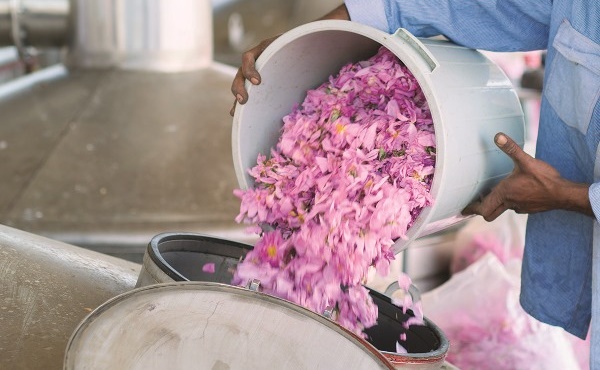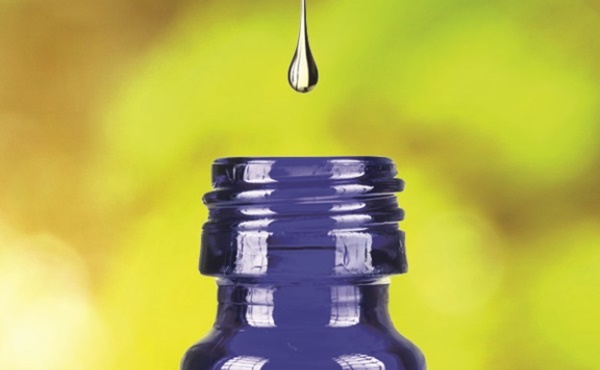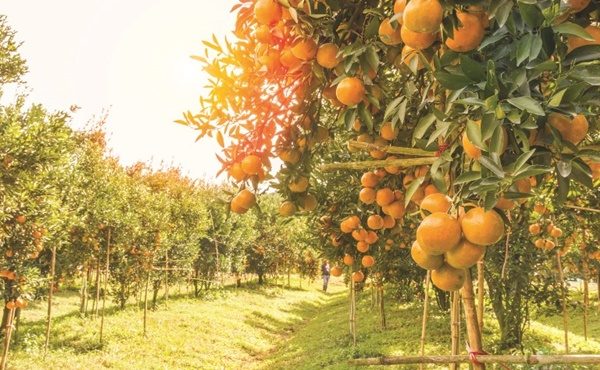Aromatherapy continues to grow in popularity for a number of reasons. It appears to be part of a broader rejection of all things heavily processed, and an embracing of the natural, simple, ethical and organic. The public also has a greater awareness of the ingredients and harsh chemicals that we expose ourselves to daily.
There is also growing dissatisfaction with conventional medicine and a rediscovery of ancient practices or alternative remedies. The ease of use coupled with social media has allowed people to readily share experiences, recipes and tips in a visually appealing way to a broad audience.
Origins of aromatherapy
For thousands of years ancient cultures including the Greeks, Egyptians and Chinese have known of the beneficial properties of certain aromatic plants. Precious plants were burned in rituals, or used in preparations for healing and beauty.
The experiments of French chemist René Gattefossé in the 1920s led to the development of aromatherapy as the modern art and science of using natural aromatic essences. These essential oils are extracted from select plants to balance, harmonise and promote the health of body, mind and spirit.
What is the difference between fragrances and essential oils?
True essential oils are completely botanically derived and are harvested by farmers and growers across the globe. The oil is extracted from only the aromatic portions of a plant (leaves, wood, peel, flowers, seeds or roots) using methods such as cold pressing or steam distillation. Essential oils are traditionally used for their therapeutic benefits and emotional properties.

Fragrant oils on the other hand are synthetically made using a combination of manufactured and natural components. This allows for the creation of far more complex and stable scents. It is possible to formulate aromas that cannot be derived naturally, such as ‘Seabreeze’, ‘Pear’ and complex perfumes. However, fragrant oils have none of the benefits of essential oils.
Why do some essential oils cost so much?
Many essential oils have a very low yield or can grow in only certain climates. For example, it takes approximately 20,000 Bulgarian roses to produce just 10ml of pure essential oil.
For this reason, Gumleaf Essentials offer Rose as a dilution of three per cent in Jojoba (a liquid plant wax with a long shelf life). Due to their extremely high price and low yield, other diluted oils are Australian Sandalwood, Chamomile, Jasmine, Melissa, Helichrysum and Neroli.
Extracting the oils
Gumleaf Essentials citrus essential oils are all obtained by cold-press extraction. The application of pressure without external heat maintains natural qualities of the oil.
Gumleaf Essentials Sweet Orange, Blood Orange, Pink & White Grapefruit, Lemon and Mandarin oils are sourced directly from Mildura’s orchards in regional Victoria.
Most other essential oils are obtained via steam distillation. However, for the most delicate of flowers (Rose, Jasmine and Melissa) a gentle solvent extraction process is used instead.
How essential oils enter the body
Essential oils are natural aromatic chemicals that readily evaporate. These molecules can enter the body through 3 main pathways:
Nose―when an essential oil is inhaled, molecules are absorbed into the nasal cavity and the olfactory bulb (the part of the brain involved in the sense of smell).

Lungs―inhaling essential oils also send molecules into the lungs, which then pass into the bloodstream.
Skin―when essential oils are applied to the skin, their healing components are absorbed into the bloodstream through the pores and hair follicles.
Using essential oils around the home
Diffusion through the air using an ultrasonic diffuser or oil burner is one of the most effective ways to scent the home or workplace.
Essential oils can also be sprinkled over plain incense or dried botanicals like pine cones, seed pods and whole spices. You could also try a couple drops of lavender oil on your pillow can calm the mind before sleep.
Using essential oils in the bath
Remember that essential oils are extremely potent and should always be diluted before use.
Warm water relaxes and soothes muscles, and opens your pores. For an aromatherapy bath, dilute three to six drops of essential oil in a tablespoon of sweet almond oil or full fat milk. Sprinkle the mixture over the bath water and agitate.
Here are some other indulgent ways to incorporate aromatherapy with your bathing ritual that you may not be aware of: herbal bath infusions with dried or fresh botanicals, fizzing bath bombs, soothing Epsom salts, and shallow foot baths.

Using essential oils for the body
Topical application through massage oils, creams and lotions allow the oils to be absorbed into the skin. Common carrier oils are sweet almond, jojoba and coconut. Remember a little goes a long way (0.5 to two per cent concentration is recommended).
Pulse points are areas of the body where the blood vessels are closer to the skin so oils are absorbed faster. Gumleaf Essentials Pulse Point Rollers are a ready-to-use travel size topical essential oil blend safely diluted with fractionated coconut and jojoba carrier oils.







